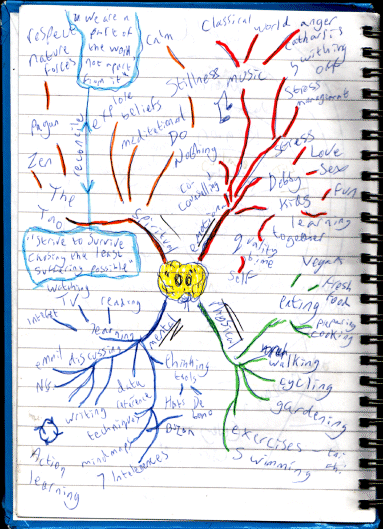I'm currently working on the early stages of two separate ghostwriting projects. In both cases I'm starting with good quantities of raw material. In one case I have transcripts from interviews amounting to about 80,000 words, about three times the target length of the final book. In the other case I have an early draft to work with plus some new material – and a few gaps to fill.
My job now, in both cases, is to sort out the existing raw material and start to give it some shape. From there I'll be able to create initial rough outlines, which will help with refining the material (in the first case) and identifying gaps (in the second).
The sorting step is a point where many inexperienced book writers can get bogged down. The task often seems insurmountable, especially when you have a lot of material, some of which is written down and some of which is still in your head.














